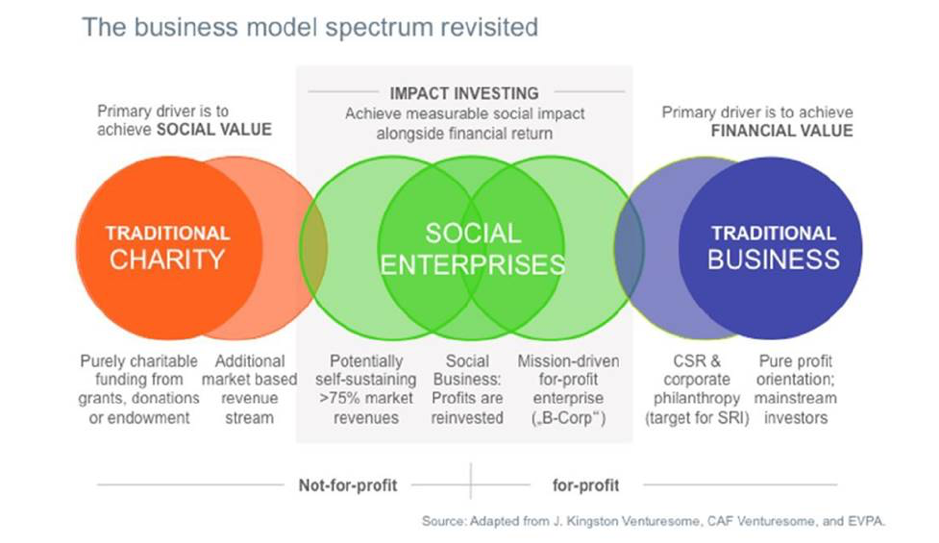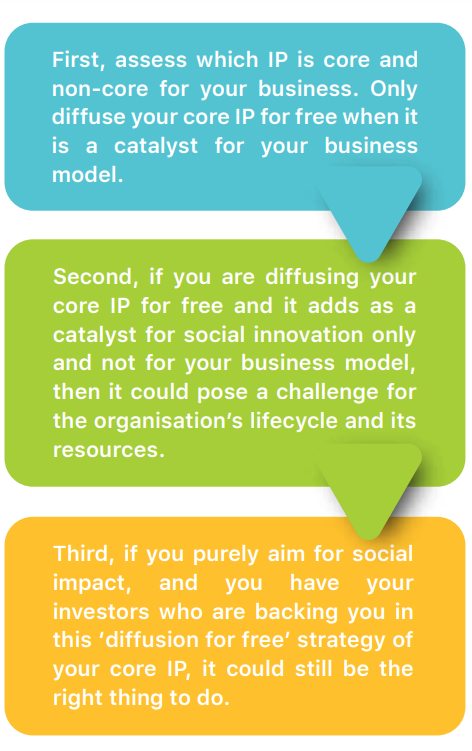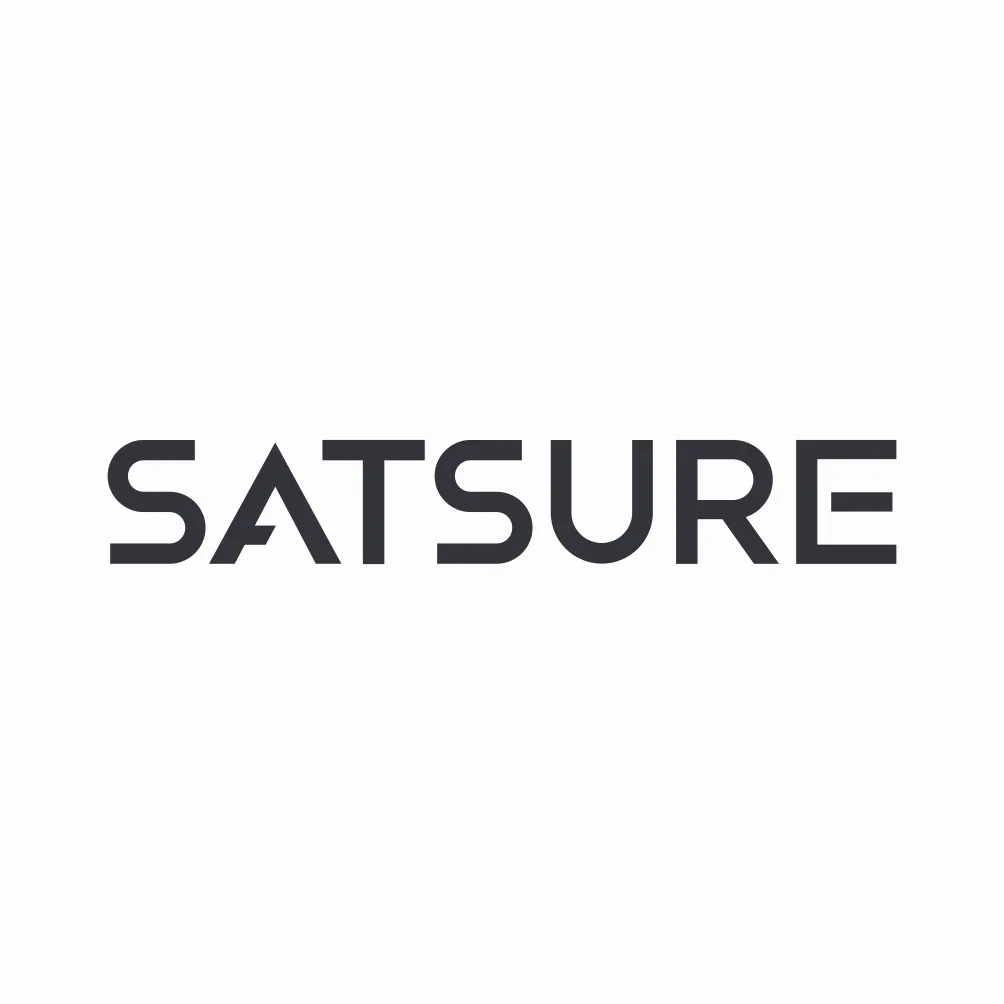Introduction
Mirjam E. Ros & Deepika Jeyakodi are authors of the “Innovation Matrix” (Published by Bis Publishers, 2019)
Mirjam E. Ros is a business strategist who is driven by a people-centric approach to Innovation & Intellectual Property, Commercial Contracting, Business Strategy and Organizational Development. She holds a Master’s degree in Business Law and a Master’s degree in Public Administration & Policy, and has twenty years of experience in the aerospace, oil & gas industries and in R&D. In 2016, her publication ‘Strategizing Intellectual Property in Open Innovation’, co-authored with Deepika Jeyakodi, won Best Paper from the Academic Forum of IACCM in San Diego.Deepika Jeyakodi is a Contracts and Bid Manager (Commercial Contracts and Legal) at an aerospace company in the Netherlands. Previously, she practised law at the Madras High Court, India, for five years. She graduated from the TNDALU, Chennai, with a B.A., B.L (Hons) degree and a Post-Graduate Diploma in Intellectual Property Laws. She holds a Master’s degree in International Law and Indian Constitutional Law from Madras University. She also holds an Advanced LL.M. in Air and Space Law from Leiden University. She has written several academic publications on aviation and cyber security laws.
Globally, there is a shift in attitude within organisations; from a short-term approach, driven predominantly by creating value for shareholders, to a long-term approach, driven by creating value for multiple stakeholders-shareholders being one of the many- taking into account their social and environmental impact.
Innovation from such organisations increasingly seek to create value for the society, and Intellectual Property (IP) plays a discerning role in tying innovation to progress, whether it comes from grassroots or a corporate. ‘Social Innovation’ is deployed to address the current challenges we face as a society, such as tackling climate change, responsible use of our resources and giving people equal and fair access to wealth, education, and labour.
Organisations manoeuvre themselves in a range of positions between a non-profit charity and a for-profit business. On the one hand, businesses need to adapt to the changing demands of the society that is calling for more responsible action from them. Commercial organisations are prioritising the creation of a ‘shared value’ within or from their traditional ‘for-profit’ business, in multiple ways: creating impact by fulfilling their Corporate Social Responsibilities (CSR) obligations, innovation for social impact within their core business itself, supporting social innovators with technology transfer or capacity building, taking up projects that aim to fulfil the UN Sustainable Development Goals (SDG’s), for example. On the other hand, traditional non-profits, have to sustain themselves to continue the work they do for communities in the most appropriate way.
Whether an organisation is a traditional business (for-profit) or traditional charity (non-profit), or somewhat of a hybrid, they face similar challenges in creating value and capturing value.

Link to Image: https://theinnovationmatrix.com/theinnovationmatrix.com/wp-content/uploads/2020/01/spectrum-revisited.png
What does this shift mean for an organisation’s innovation approach and what’s the role of Intellectual Property (IP) in this transition? How does this impact a business model for a company or a sustenance model for a charity? What do organisations, who aim to find solutions through social innovation, choose; open or closed innovation strategies? Is it logical to also share IP to accelerate the diffusion of relevant IP? Or is the more classical approach still valid; guard and protect your IP closely as an ongoing boost for a business model?
The ultimate question is: what is the best way to use IP to realise the objectives of social innovation?
This article will highlight a few aspects that may influence the IP approach for social innovation with some examples.

The Matrix gives an overview of nine possible innovation & IP strategies.
The x-axis of the Matrix represents how many parties you can work with: open versus closed innovation, so whether you innovate individually, with some parties, or with many parties. The y-axis represents the approach taken towards IP: whether the organisation guards their IP, licenses it to some or instead reveals it to many.
The four corners of the Matrix are the extremes with Classical R&D, Reveal to the Public, Open Source and Crowd Innovation. The cross or the mellow middle is dynamic in the sense that organisations can get creative in their approach to Innovation and IP. The most successful organisations often combine two or three strategies from the Matrix instead of just applying one strategy for one product or service, based on the needs and objectives of the organisation.
One way to approach IP in social innovation is by asking the following three questions to determine which strategy to deploy:
- Which IP is core for your organisation in order to create social impact?
- Can you better guard or reveal your IP?
- Can diffusing your IP stimulate social impact and the business model?
These questions are applied to the cases below to illustrate the role of IP in strategy:
G-STAR is an example to demonstrate the relevance of the core/non-core question. This brand is known for designing, producing and selling jeans worldwide. One of their social innovations is the development of sustainable jeans (‘our most sustainable jeans ever’ as they say). G-Star decided to make the process to produce this most sustainable jeans open source. How does this work for their business model? They distinguish themselves on their core: branding and design. The sustainable production process of the fabric as raw material is not considered as the core, with which they want to compete in their market. Instead, they share their innovation as a contribution to enable their industry to be sustainable.
ColorADD is a sign code for aiding colour-blind people to recognise colours. Their business model is based on two pillars: a pro bono licensing system (for free) for the use of their code in the education field and sale of the code through license fees for all other markets. In this example, you see that ColorADD differentiates its strategy based on the use of their product in a market. Is it their interest to diffuse their code as much as possible in the education channels, and through that have it known in other markets too? Is the social impact the highest in the field of education? And does the diffusion of their code via education boost their business model to make profits via license fees in other markets? The answers to these questions determine their strategy!
Tesla – global electric car manufacturer – is illustrative of an organisation diffusing their IP to create social impact, or simply expanding their eco-system, and at the same time boosting their business model. Tesla started developing their electric vehicle technology as classic R&D. After some time, Elon Musk realised that the classical car manufacturers were his biggest competitor and that by revealing the IP to the public, knowledge would be shared amongst the electrical car manufacturers and the eco-system he wants to transform. The needed infrastructure would be scaled up in a shorter timeframe, and cost could be shared amongst the parties in the upcoming electrical car industry. The debate on whether this is to create a social impact, or boost the business model is left for another discussion.
These cases illustrate that IP can be diffused and at the same time, be protected. IP need not be considered a stumbling block for innovation, let alone social progress.
To conclude, if you are a business engaged in social innovation:

Although the approach taken by social innovators with business ambitions can be largely different from that of non-profits, the same principles can be applied by replacing the term business model with the organisation’s sustenance model.
So, what is the best IP recipe?
On a scale of companies being 100% commercial versus organisations being 100% social, many organisations operate in the zone between these extremes. This diversity is creating multiple strategy options, based on also synergies created with others in their eco-system, as a consequence of which new business, innovation, and IP distribution models emerge. As a result, there is no right or wrong answer. It’s all about creativity within your context.
Economic mechanisms in the management of IP that incentivise the development of technologies do not have to be hurdles for achieving social objectives. One can strike a balance between commercial and social interests. Start by asking the three key questions today to develop a clear and flexible IP strategy for your organisation and its innovation/social purpose. Make your IP recipe!
References:
1 https://www.nytimes.com/2019/08/19/business/business-roundtable-ceos-corporations.html
2‘Social innovation is the process of developing and deploying effective solutions to challenging and often systemic social and environmental issues in support of social progressʼ. Stanford University, Stanford University; Soule, Malhotra, Clavier.
3 Defined as policies and operating practices that enhance the competitiveness of a company while simultaneously advancing the economic and social conditions in the communities in which it operates, in the Harvard Business Review: ‘Creating Shared Valueʼ by Michael E. Porter Mark R. Kramer, from the January–February 2011 Issue.
4 Eppinger, E., N. Bocken, C. Dreher, A. Gurtoo, R. H. Chea, S. Karpakal, V. Prifti, F. Tietze, and P. Vimalnath, The Role of Intellectual Property Rights in Sustainable Business Models: Mapping IP Strategies in Circular Economy Business Models. Presented at the 4th International Conference on New Business Models, Berlin on 1-3 July 2019.
5 https://www.g-star.com/nl_nl/sustainablejeans
6 https://www.tesla.com/blog/all-our-patent-are-belong-you
This article was first published in The SatSure Newsletter





Add comment